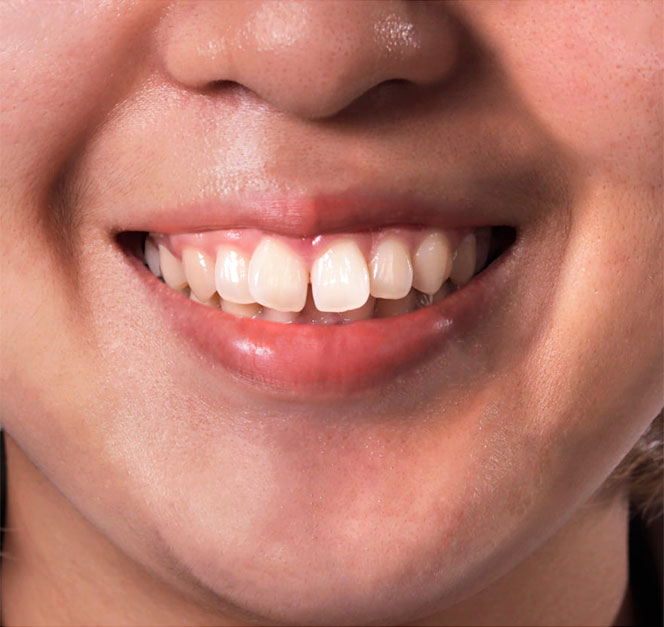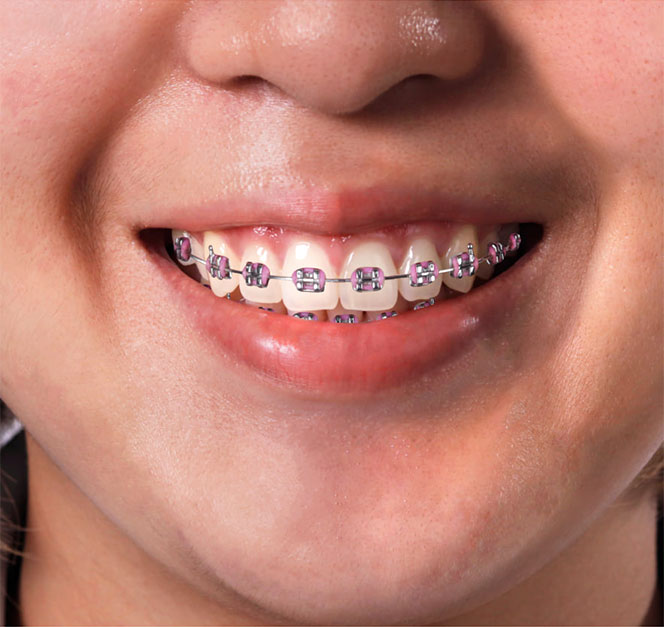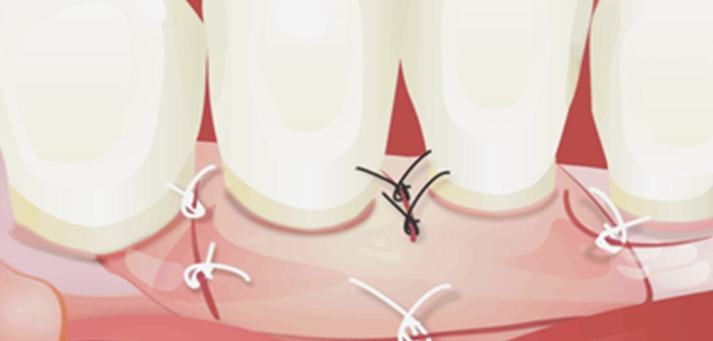Introduction
Introduction
Our Service
What we offer for you
Why Choose us?
Why Choose us?
Our Team
Our Specialist Doctors


About Us
Delicate treatment for our clients
Cavity Protection
Cosmetic Dentistry
“ Everything went smoothly and efficiently…”
What really sticked when I dealt with ProSmile Clinic is the welcoming people receiving me with a nice and warm smile in addition to the high professional standards they applied when they dealt with me, namely they took time to explain the problems and showed it to me on a screen using a simple and effective equipment, they took time to explain the different treatment options I had and the corresponding cost for each. They provided a good guidance to me to make the right decision. Once I chose the path, with their guidance, they implemented the treatment in a very professional manner. Everything went smoothly and effeciently.

Ziad Boustany
“Still my reference and my recommendation…”
When I first came to ProSmile Clinic, it was because it is located in the same building where I live. After 10 years, moving to another house, ProSmile Clinic still my reference and my recommendation for dental care and even more. It was never about the location, it was always about getting all the care in one place even medically, spiritually or personally.

Hicham Dagher
“I am happy because I know they did good work…”
“ProSmile Clinic! when I saw on internet, I said to myself they they’ve got only one review! and I was afraid to contact them! However I went for the free consultation with Dr Walid El Kattar! It was amaizing really! You can see your teeth, not only hear about them and then doing 4 crowns for me. This man works to the letter like in Europe! Not like the many dentists I dealt with in Lebanon.
Endodontist Dr Sanaa Ibrahim, is wonderful when she did my canal root treatment. She did amaizing work for me! Add that their pricing is fair and not too much like many others clinics! I am happy because I know they did good work for me! Add that I personally haven’t got tooth pain or gum pain after treatment and didn’t take much medecines! I wish add a brotherly advice to people who would like to trust me; learn more about your teeth and do not take them light like I did before”

Georges Rached
“Impressed by neatnes, hygiene, precision…”
Treatment has been an experience for me…I couldn’t help being impressed by neatnes, hygiene, precision, care and patience. Thank you Dr Kattar, for being so professional and up-to-date. It is amusing to watch you work and explain with so much enthusiasm. Keep it up.

Reine Haddad
“Not only my teeth but my soul…”
At every level I’ve been treated with respect, professionalism, and care beyond what is required. ProSmile Clinic not only treat your teeth but your soul as well. The only place where you really smile from the heart.

Tamara Youseff
“Great Team, thank you…”
Smile is a girl best makeup. Today i can proudly smile thanks to ProSmile Clinic team. I really appreciate the work of such wonderful and professional doctors. We all know how nervous we are during our visits to the dentist, but in my case it was such a very relaxing time. Thank you!!











